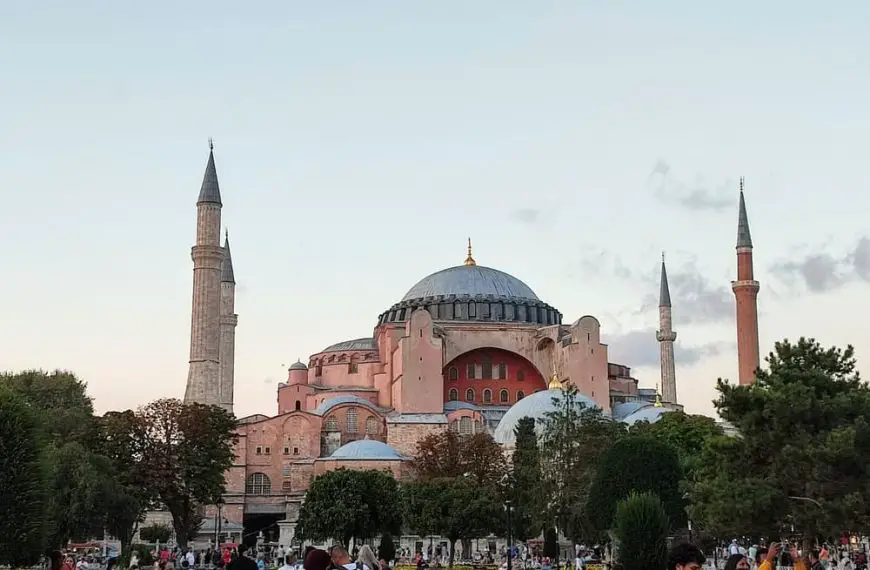No matter what happens, economically, politically, pandemically, or disaster-wise, Turkey is always in the top 10 most visited countries in the world!
Destinations like Istanbul and its fabulous Hagia Sophia, Pamukkale and its puffy calcium clouds, Ephesus, Konya and its Dervish, Myra (the birthplace of Santa Claus), Antalya, Gaziantep, Sanliurfa, and many others bring in as many international tourists as European hotspots like Rome, Paris, and Prague.
Venture further into Eastern Turkey and you’ll find a different world, one more authentic and more oriental.
Don’t forget to indulge the senses! Turkish food is one of my top 5!
Backpacking profile
| Prices | Average |
| Does Revolut work? | Yes |
| ATM with no fees | Ziraat Bank [Money Guide] |
| Cash or card? | Cash |
| Public transport | Very good |
| Hitchhiking | Very easy |
| Accommodation | Hostels, hotels |
| Other backpackers | Many |
| Days needed | 10-30 |
| Best time to travel | April, May, June, September, October, November |
| Locals speaking English | Some |
| Main languages | Turkish |






